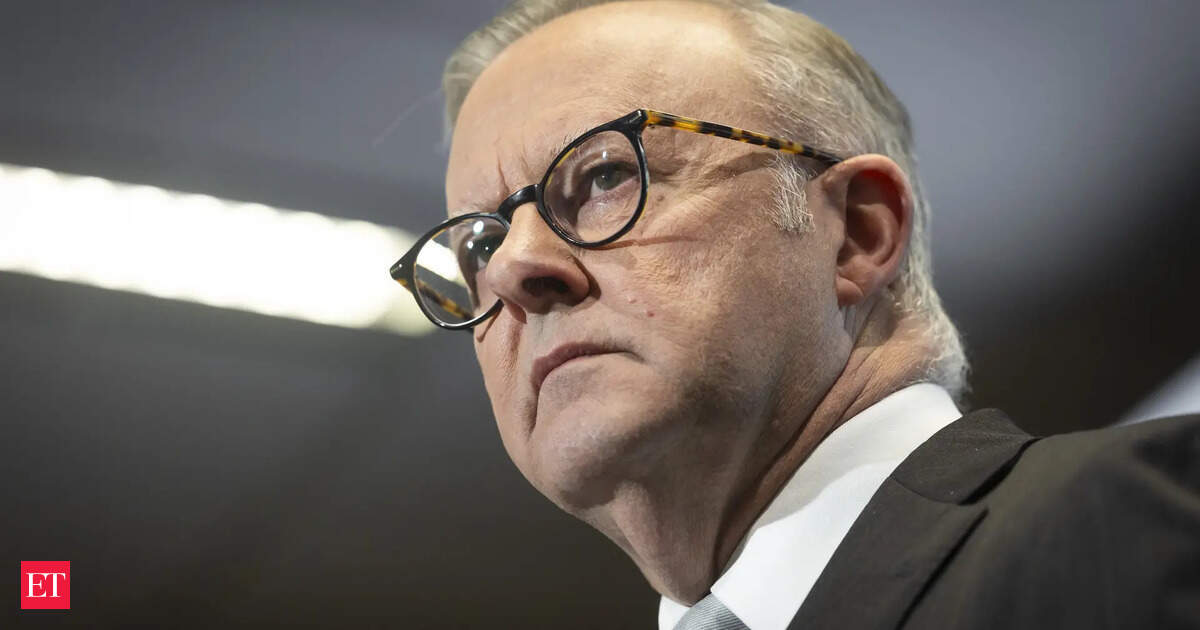In a clear message aimed at Canberra, White House Press Secretary Karoline Leavitt said Thursday(June 26) that US allies in the Asia-Pacific should be able to match the commitment shown by NATO countries.
“If our allies in Europe and our NATO allies can do it, I think our allies and our friends in the Asia-Pacific region can do it as well,” she told reporters, after NATO nations agreed to increase defence spending to 5 percent of GDP, a significant jump and a major diplomatic victory for former President Donald Trump.
The remarks underscore growing US frustration with Australia’s reluctance to adopt a fixed defence spending target. While the Albanese government has committed to $57 billion in new military investment, much of the funding is delayed until after 2029.
Prime Minister Anthony Albanese defended his government’s approach, stating, “We are providing for our defence investment. We will invest in the capability that Australia needs.”
But the pressure is mounting at home and abroad. Opposition Defence spokesperson Angus Taylor argued that Australia must act decisively in a more volatile world.“Authoritarian regimes around the world are flexing their muscles,” he said, citing military escalation by China, Iran, and Russia. “It’s essential Australia be in a position to stand on its own two feet.”US Defence Secretary Pete Hegseth, speaking earlier this month, warned of an “imminent” threat from China to the Indo-Pacific, urging Australia to lift spending to 3.5 per cent of GDP.
The issue is fast becoming a litmus test for Canberra’s strategic posture as Washington reorients global defence frameworks toward countering Chinese expansionism. Critics warn that delays in funding, tied up in long-term projects, risk leaving Australia underprepared for a major conflict.


